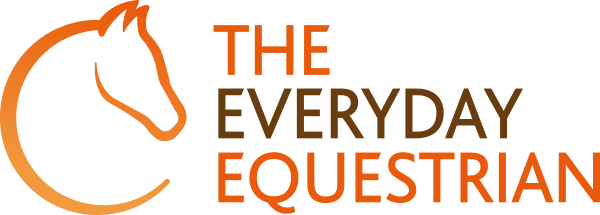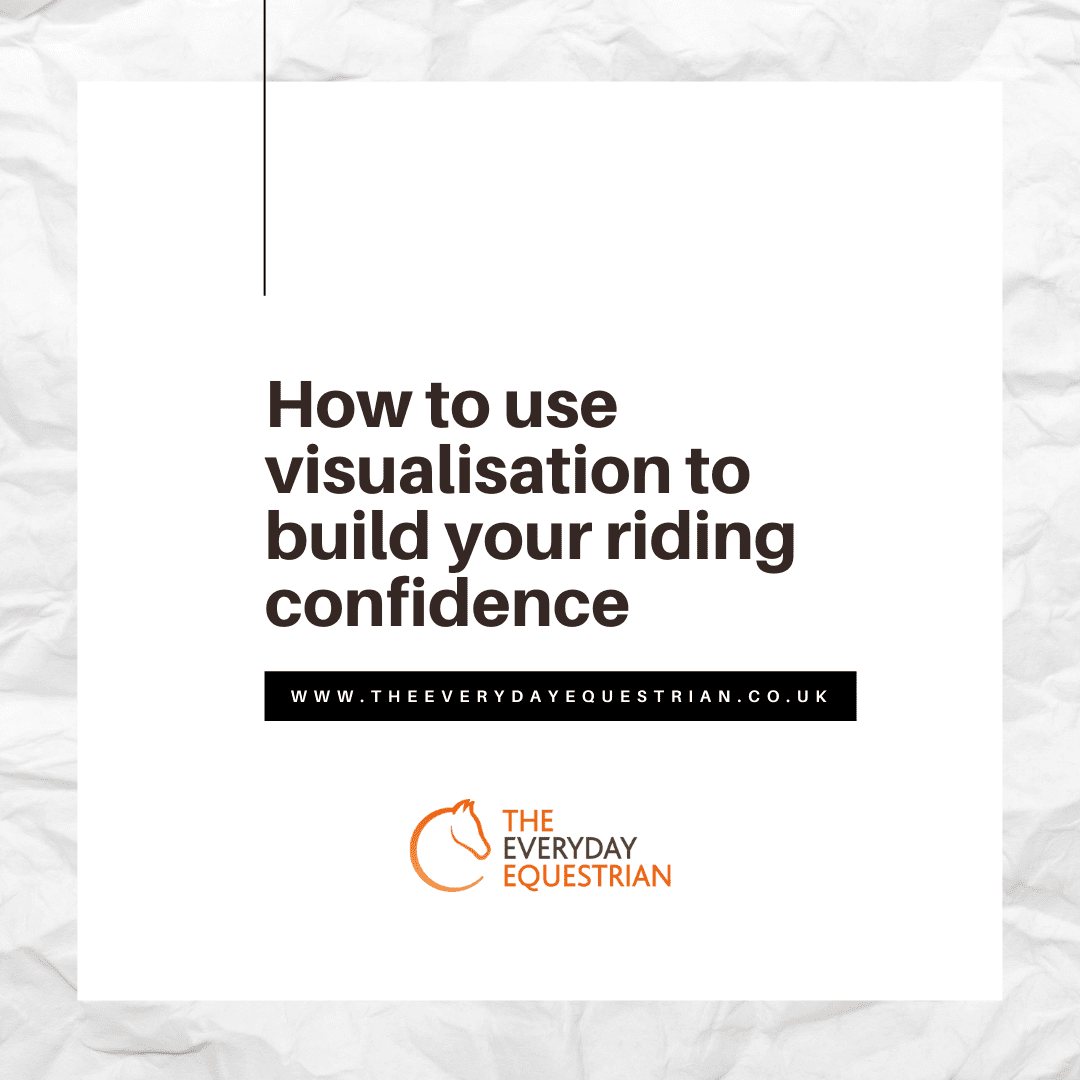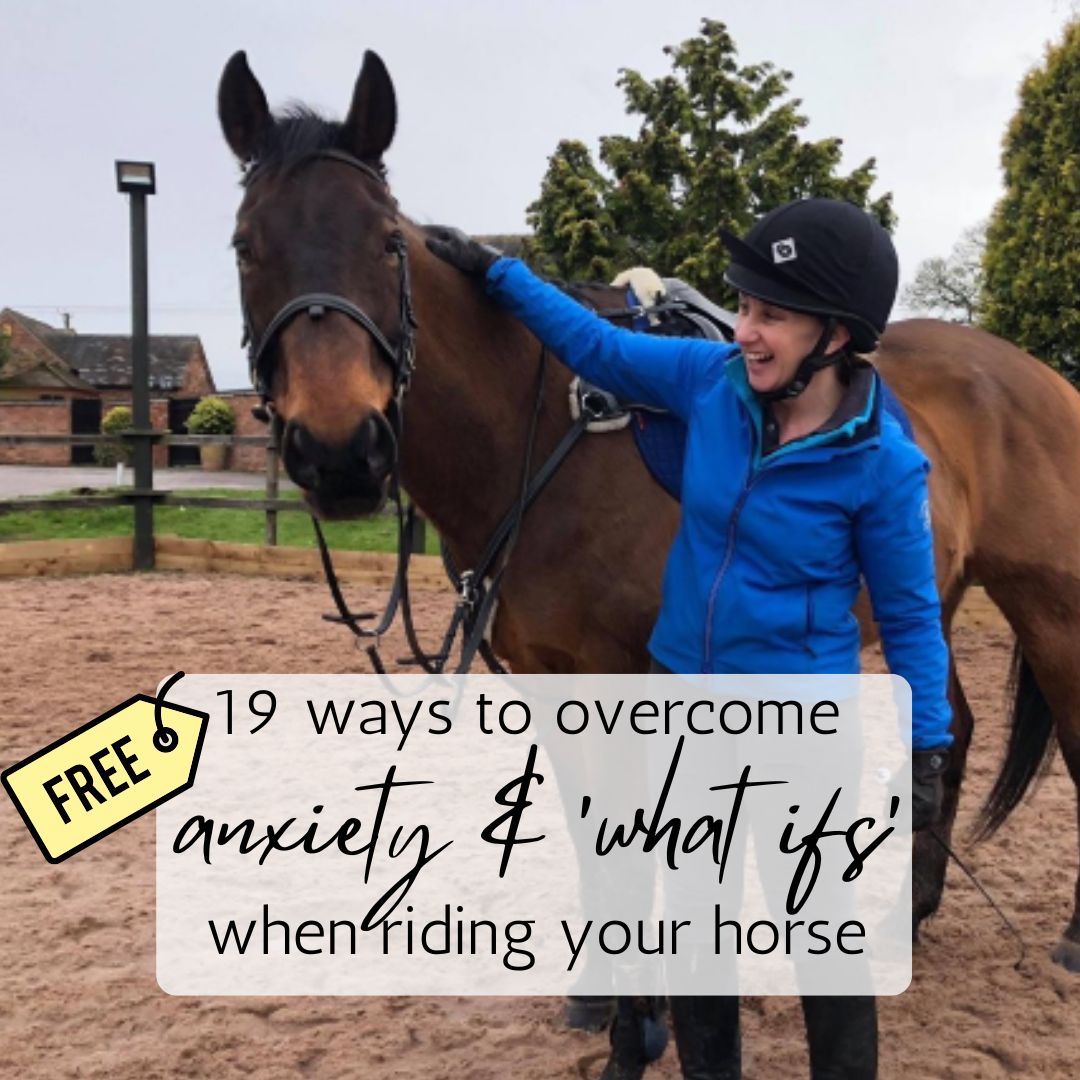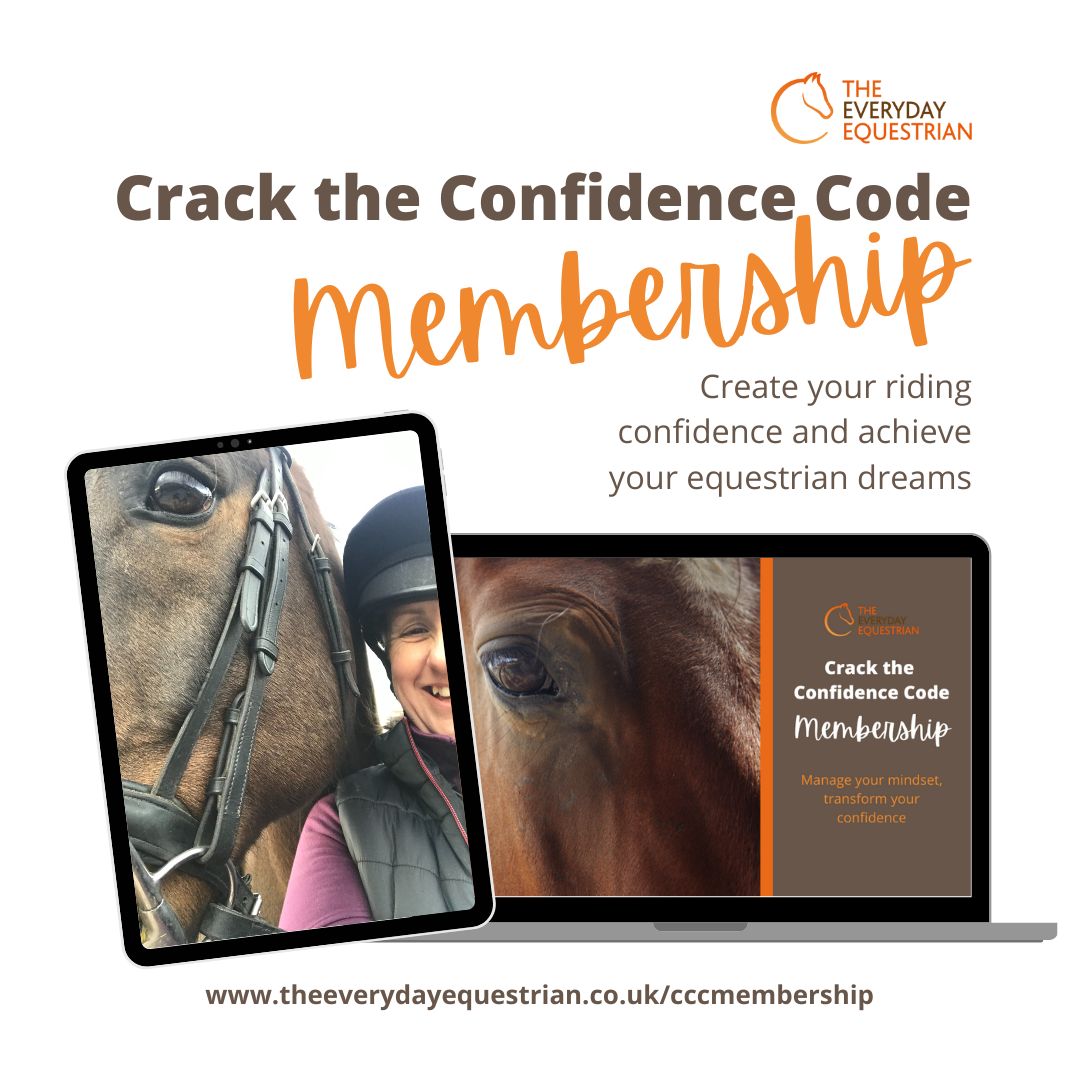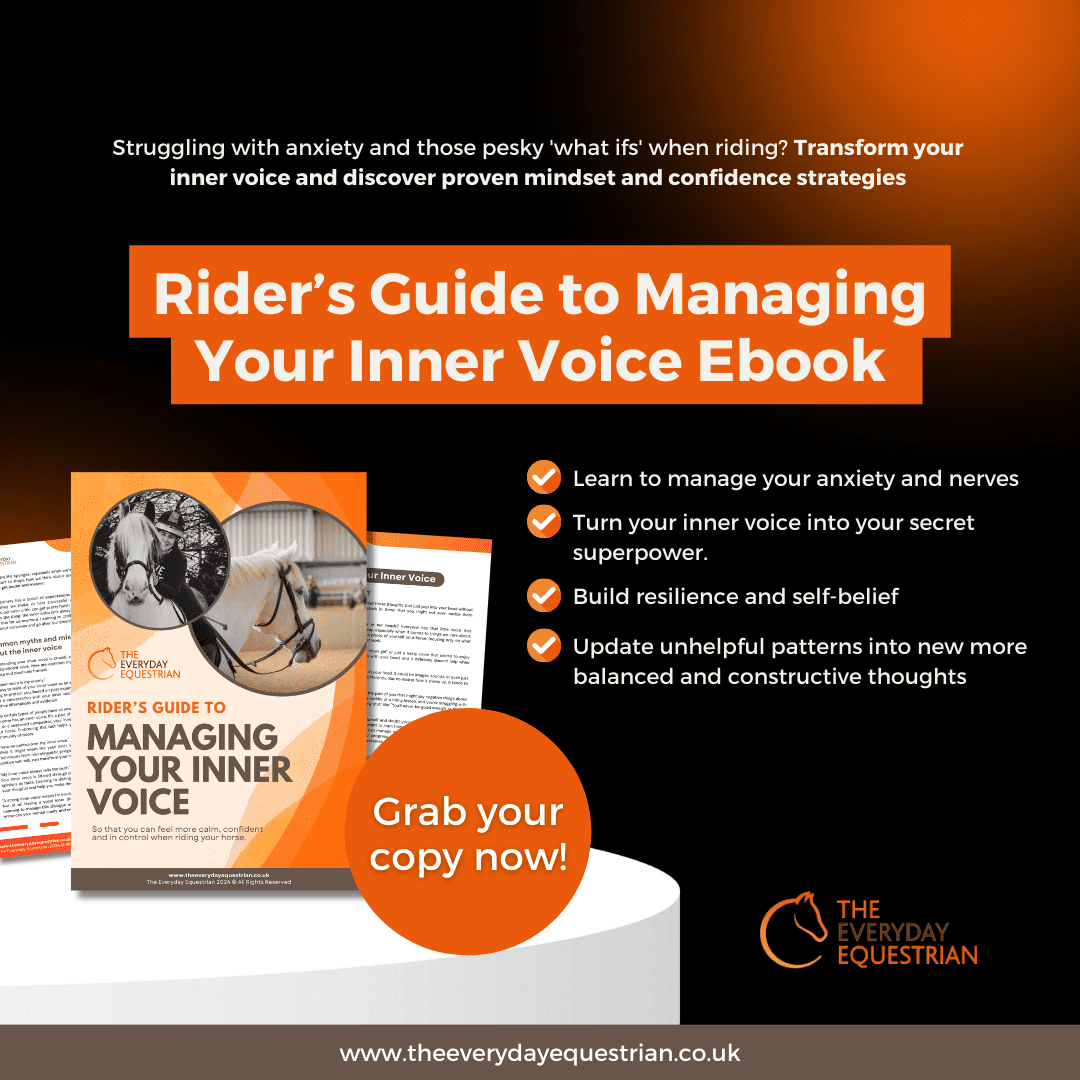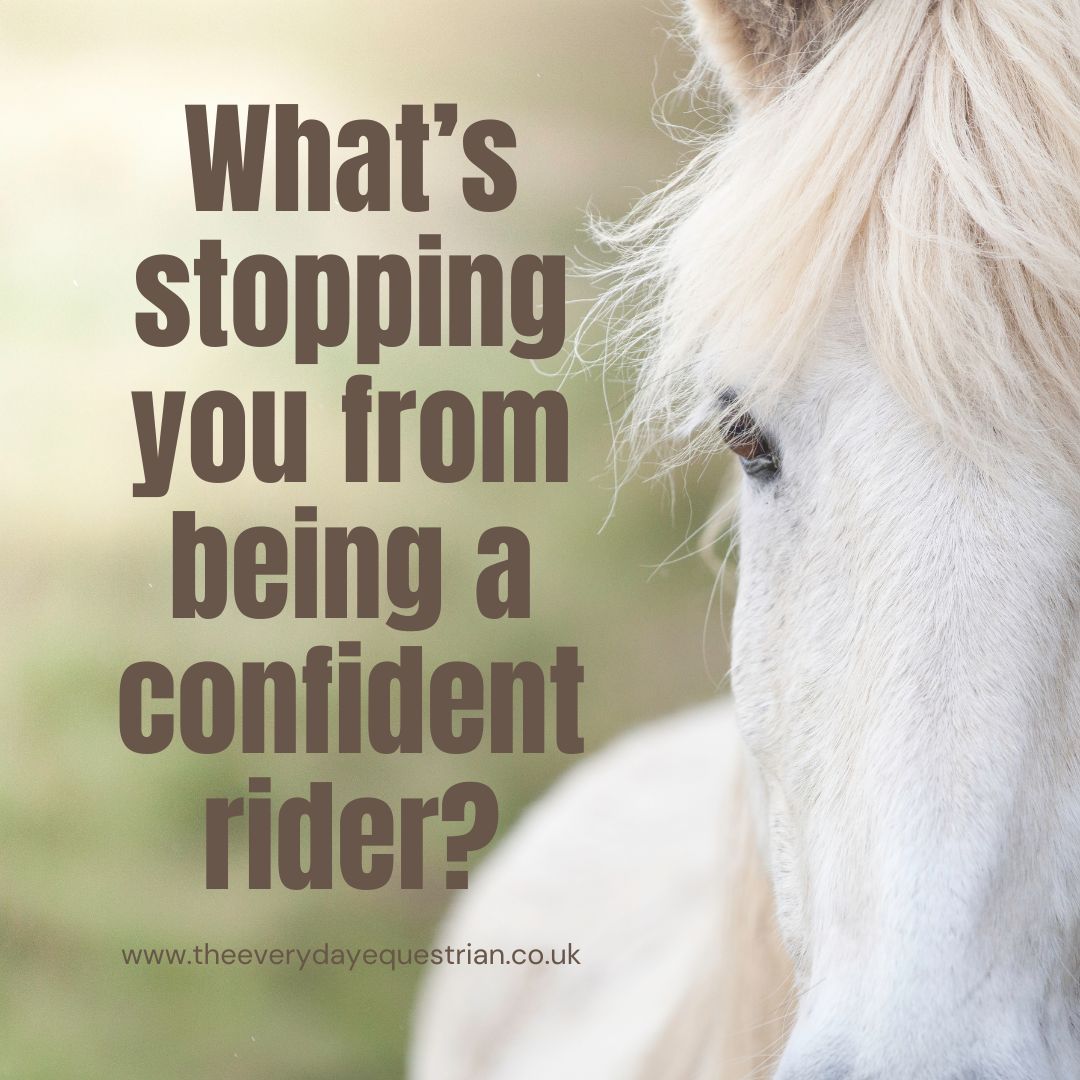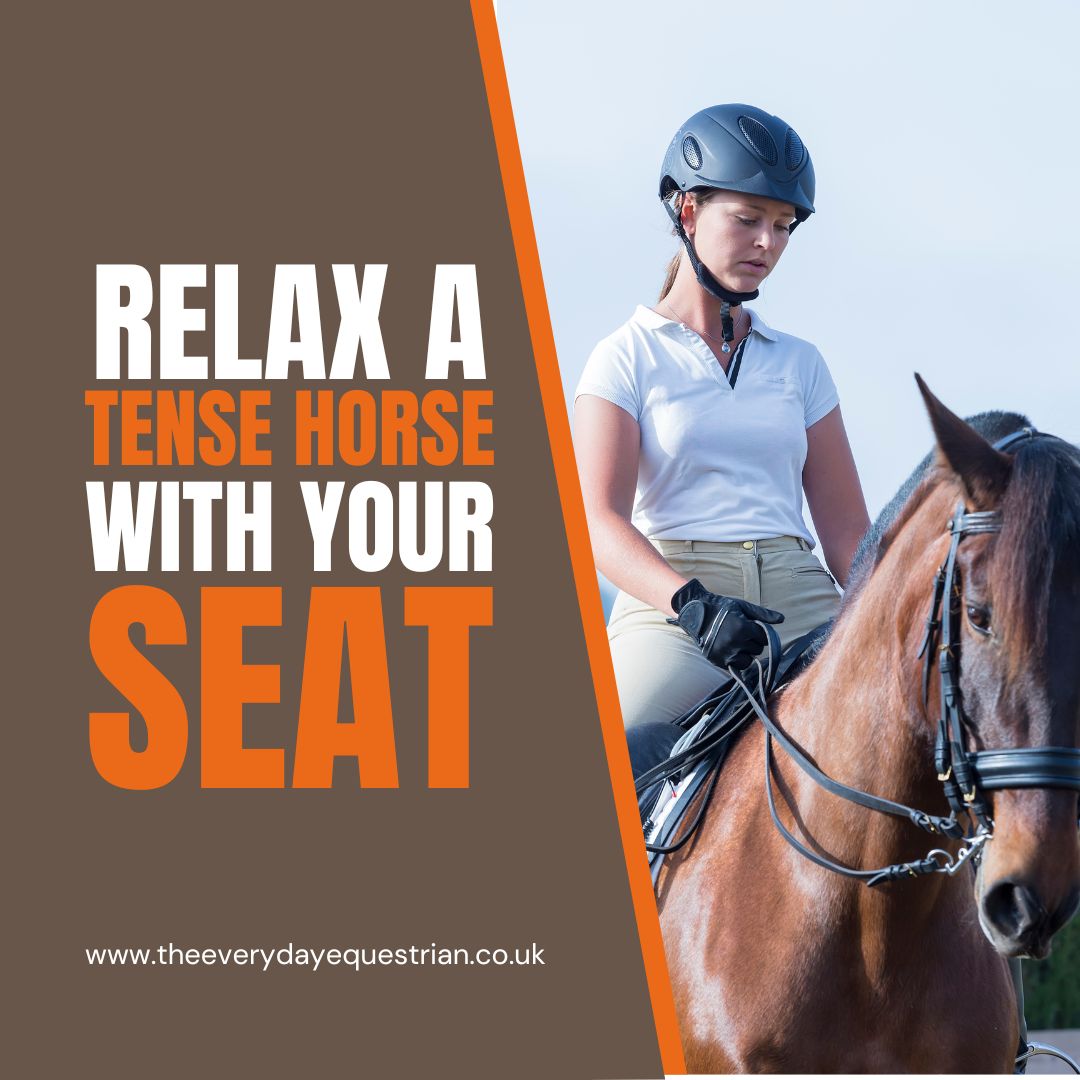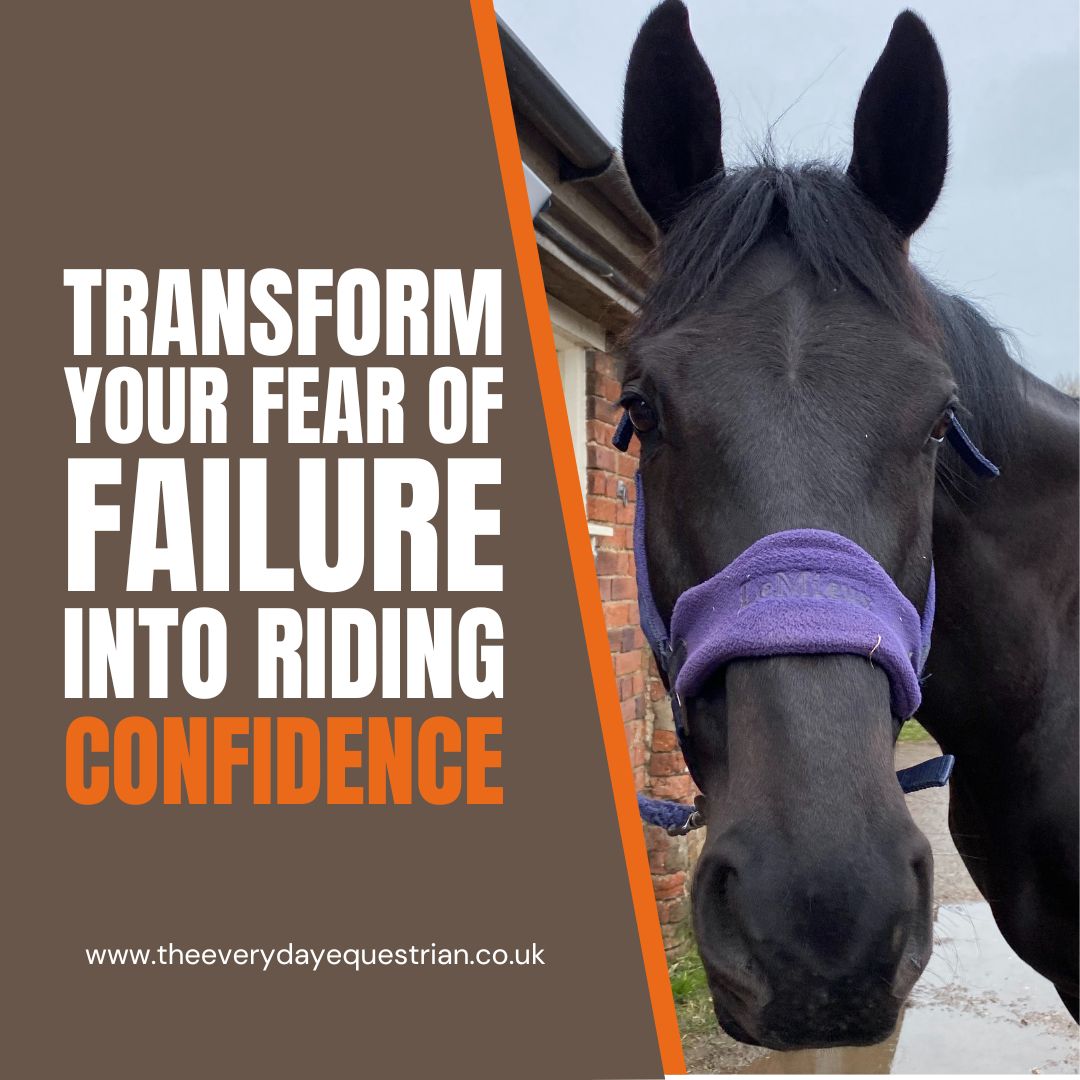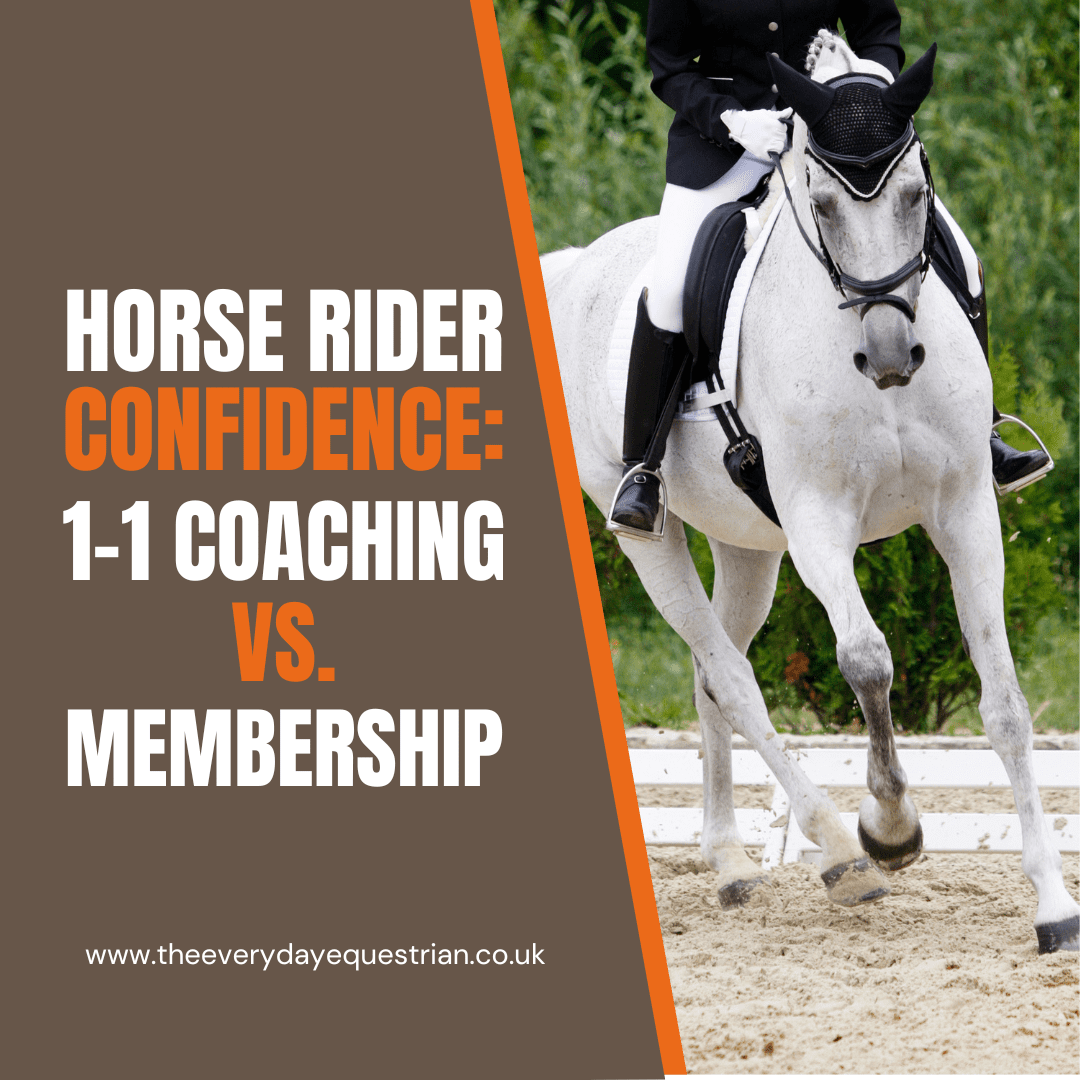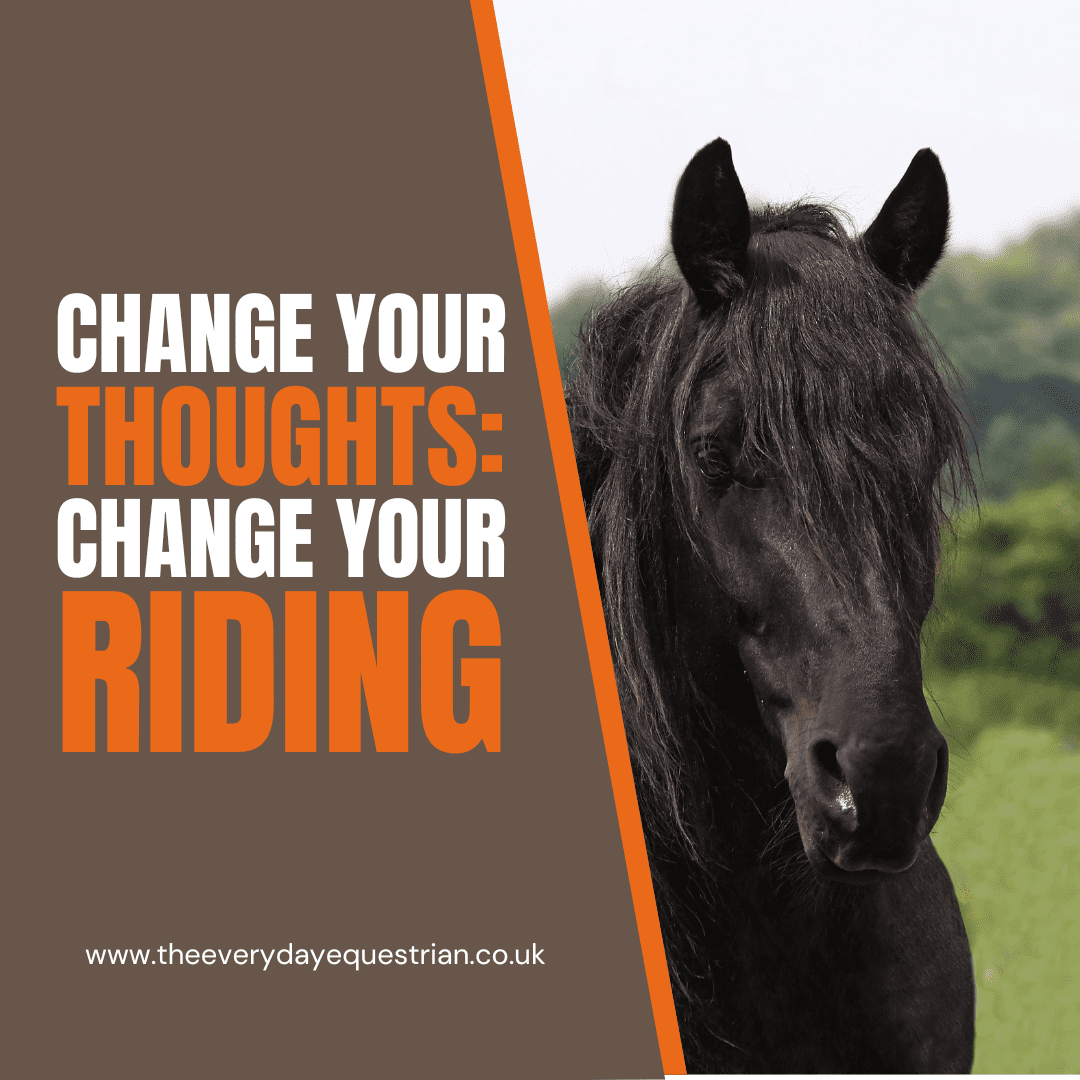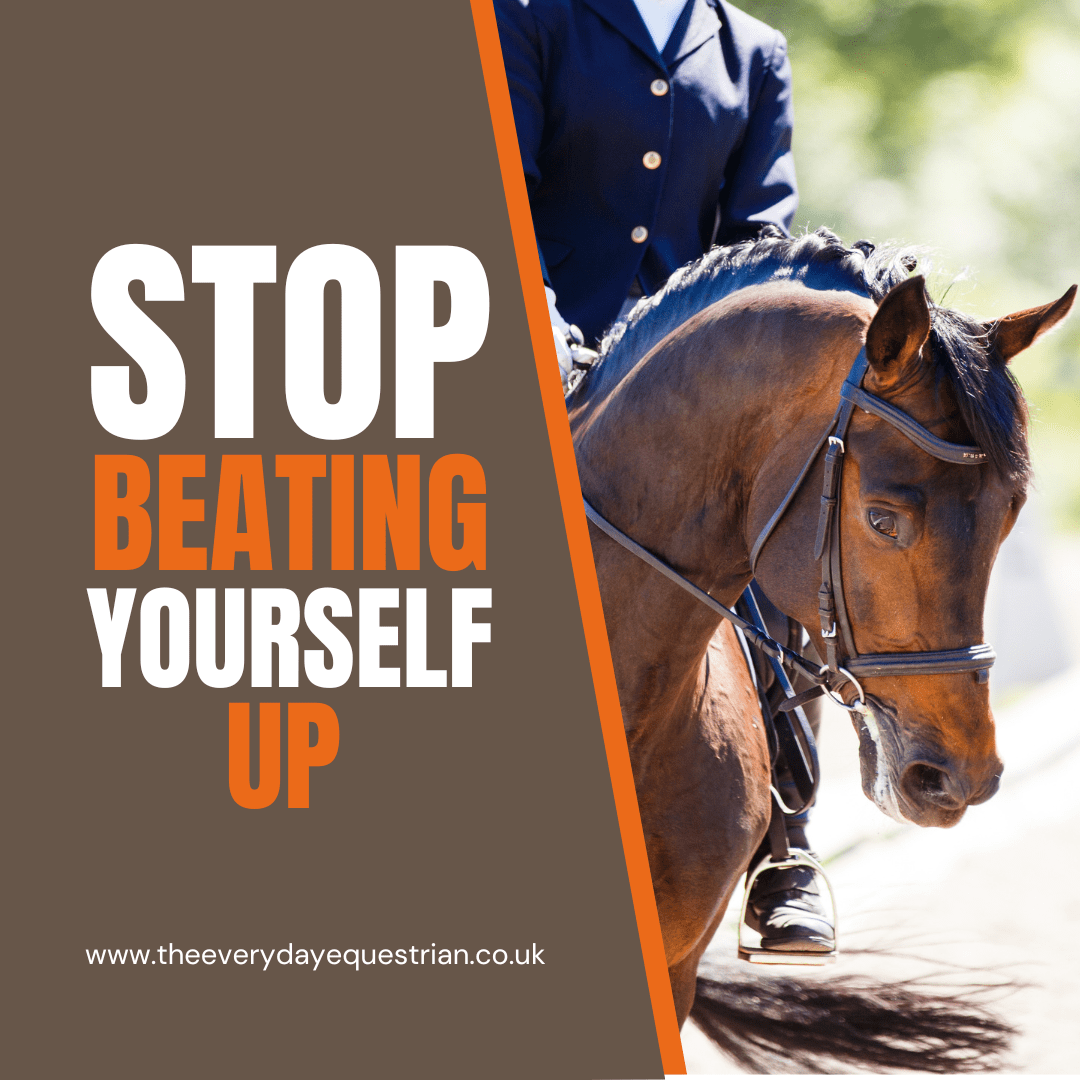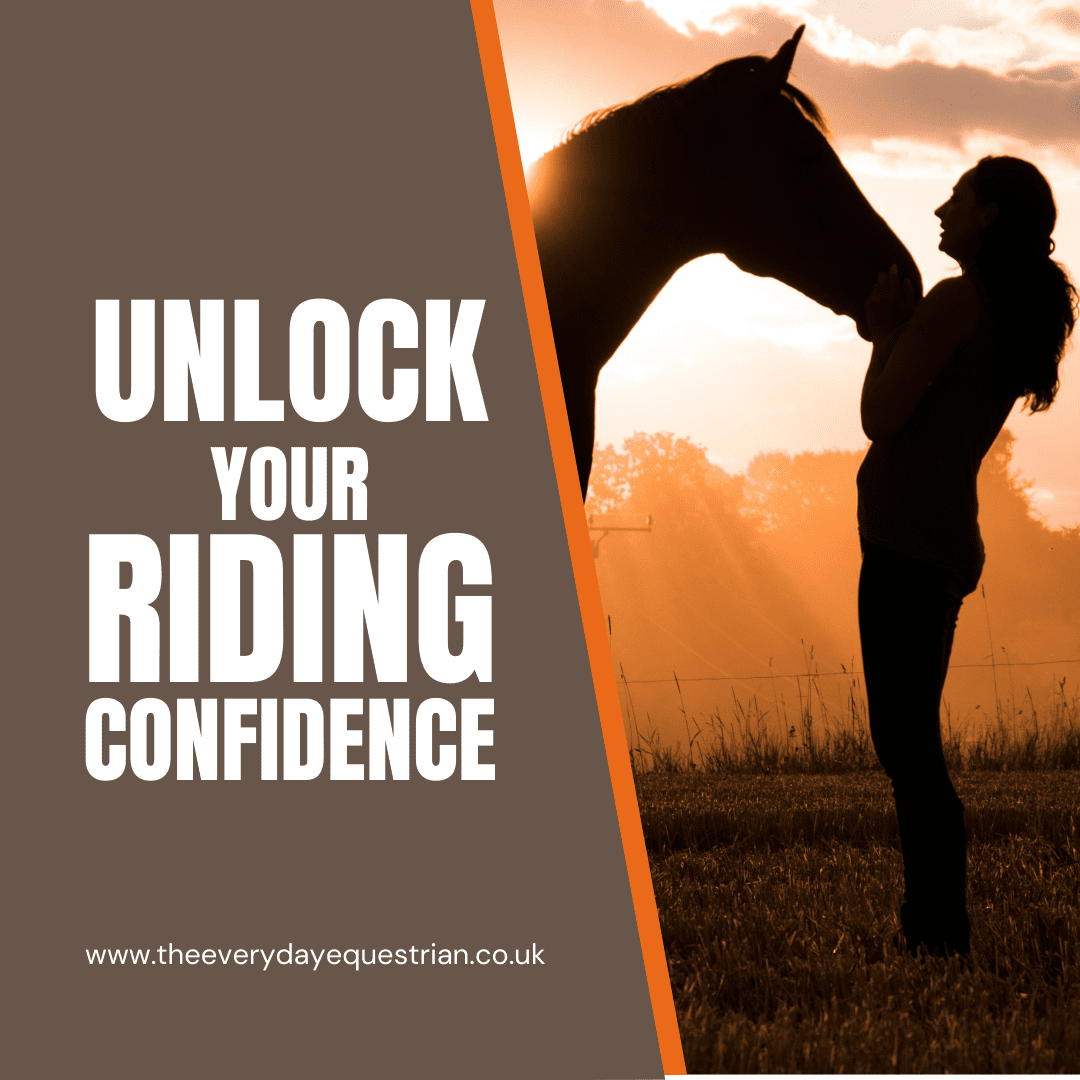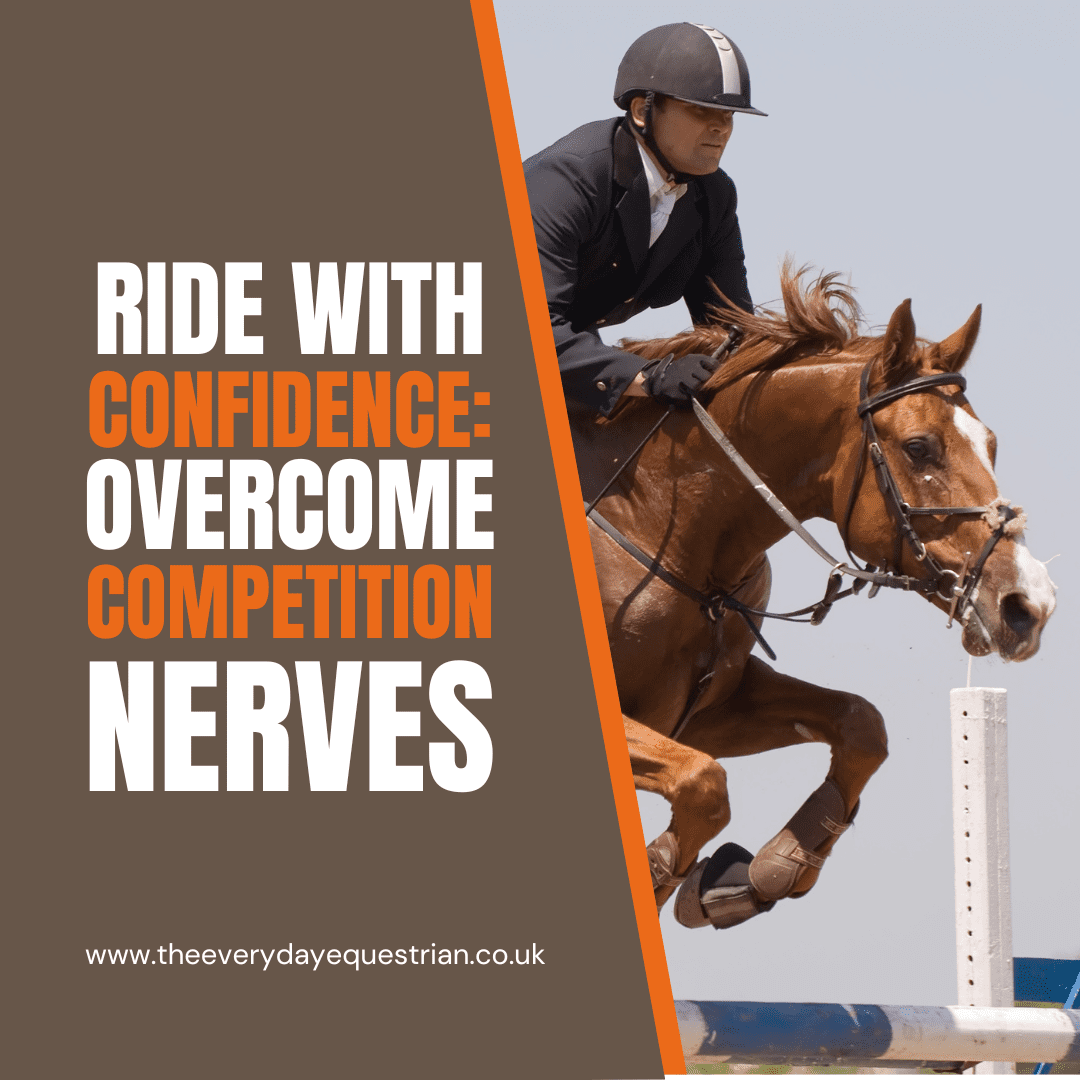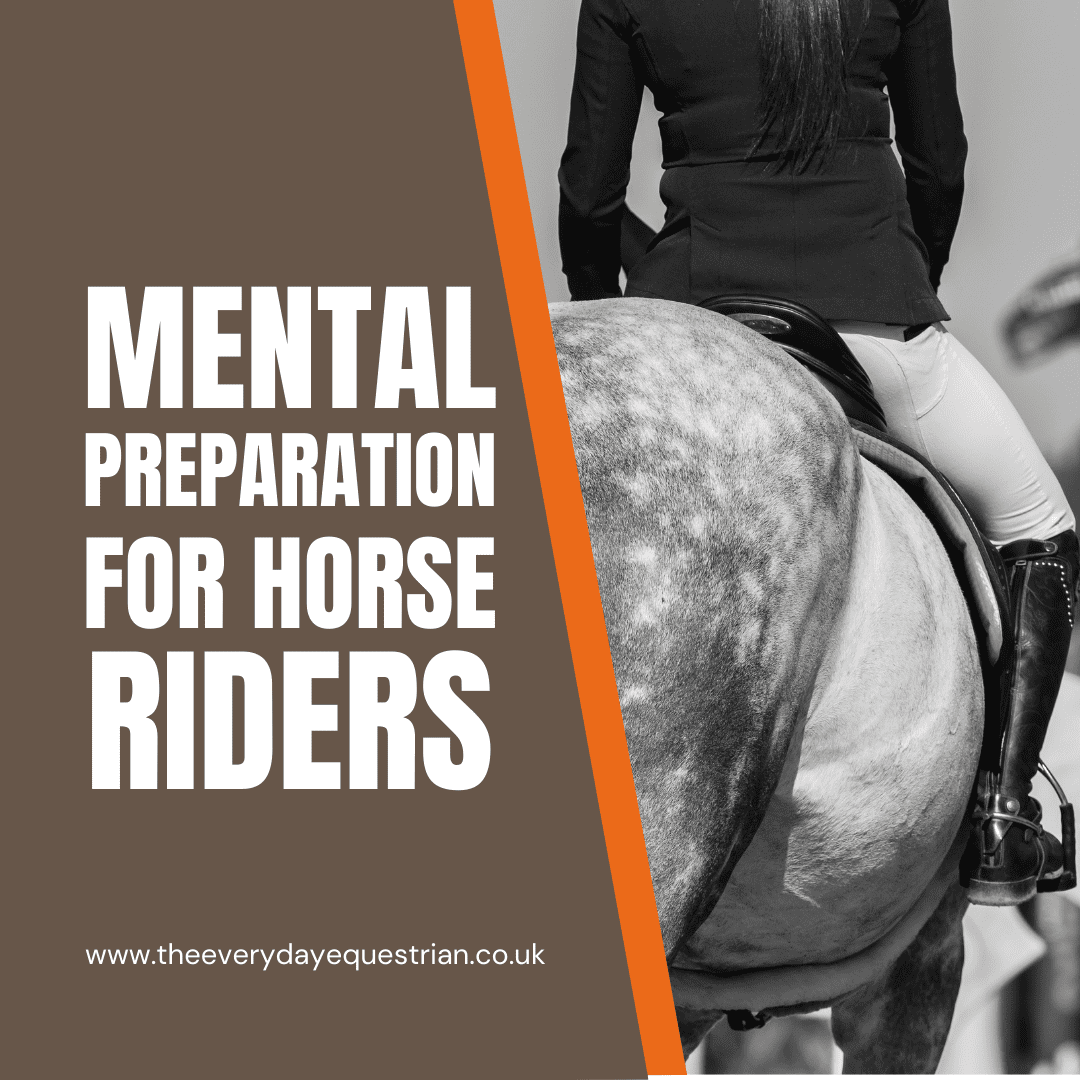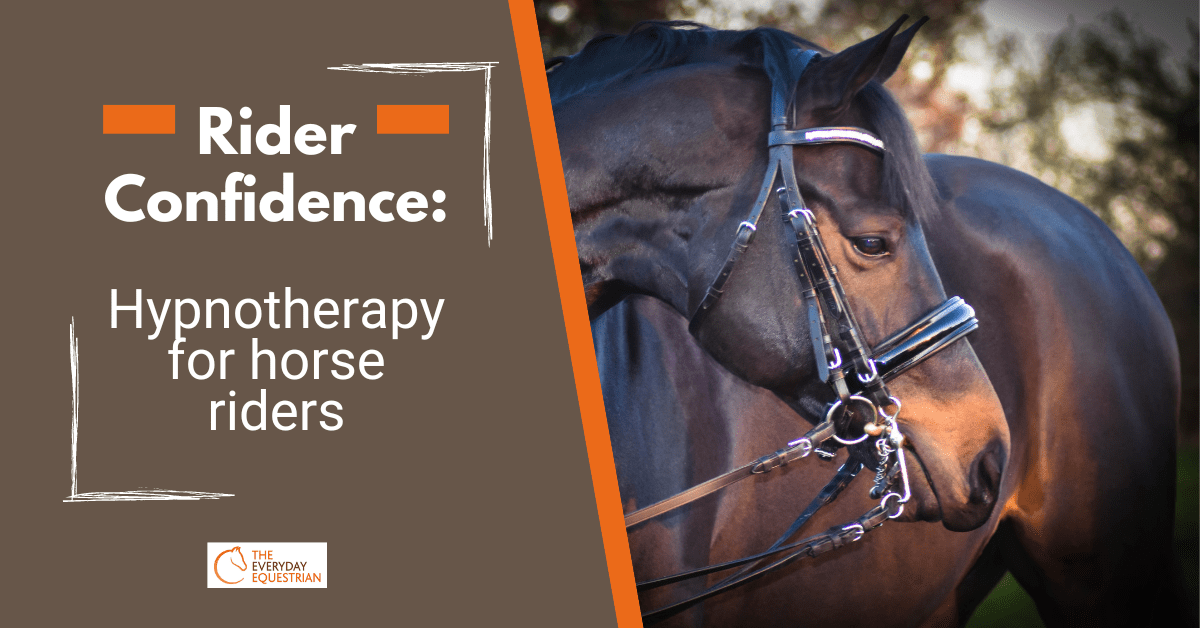Visualisation, also known as imagery and mental rehearsal, is a powerful way to control your emotions, manage stress and improve performance. It can be used across all aspects of our lives to promote a positive, resilient mindset and to help us achieve our goals and dreams.
Visualisation is the process of imagining a scenario and/or sequence of events in specific detail, in terms of what we want to achieve. For example, visualising yourself riding a fantastic dressage test or fast, clear show jumping round at a competition. However visualisation can be used for any aspect of our riding, whether simply mounting in smooth, balanced and control way, riding a constructive and focussed schooling session in the arena or enjoying a relaxing hack in the sunshine with your horse.
Visualisation and imagery connects directly with our unconscious mind, which uses the images and ‘videos’ that we feed it to help us embed a more positive, confident and proactive way of experiencing our riding. It also allows us to practice and develop our skills without actually riding, and since our unconscious mind doesn’t know whether our beliefs, thoughts and emotions are real or imagined, we can use it to our advantage!
However, while most riders are really good at imagining all the things that we don’t want to happen, not many explore the possibilities that become available to us when we train ourselves to visualise exactly what we so desperately want!
While we talk about visualisation and imagery, this process really makes use of all of our senses, i.e. sight, hearing, touch, smell and taste, and the more we incorporate these into our mental imagery or film running in our mind, the more powerful the process will be.
How does visualisation help riders?
It guides you to get the most out of your training and competition experiences, and helps you build on your strengths and identify areas for improvement. It also helps reduce anxiety and nerves, whilst also improving your ability to stay focussed, confident and resilient.
There is evidence that the use of visualisation and mental rehearsal helps athletes to continually improve their performance in elite sport, and to stay motivated to achieve their goals.
Visualisation is brilliant for maintaining and improving skills when riding is not an option. Even if you’re injured or your horse is out of work, you can still use visualisation to help you stay on track, to ‘practice’ your riding at home, and to get back on track more easily when you can ride your horse again.
By regularly practicing visualisation, riders can reduce their anxiety by allowing yourself to picture and experience what success feels like. It helps riders relax and know that they can cope with whatever happens, and it focuses the mind on what positive action can be taken to improve the experience for both horse and rider. Visualisation also helps the rider to prepare for possible challenging situations, and to find and implement appropriate solutions, whilst also developing automatic muscle responses.
So what’s the process for actually visualising yourself riding?
- Find somewhere quiet to sit, and close your eyes
- Imagine yourself riding your horse in a particular scenario
- Imagine yourself actually riding, in real time, as if you are looking out through your own eyes while sitting on your horse. Notice your surroundings, what can you see, hear and feel?
- Create a film in your mind’s eye, of the fantastic ride that you want to experience. Remember that your focus is exactly what you want to happen, in its full technicolour magic.
- If you find yourself imagining negative experiences or things that you don’t want to happen, simply re-wind your film and re-run it with the new, positive imagery.
Visualisation is most powerful when the images and films in our mind are vivid and extremely detailed, making use of all of our senses. It’s a skill, and just like when we learn anything new, it can feel strange, and even silly. But the more you practice it, the better you get, and you may even find that you can visualise what you want to happen in real time when actually riding (with your eyes open, obviously!). Focus on the quality of your imagery rather than quantity; it can be mentally tiring when you first start, as your mind will drift towards old thought habits, and you’ll need to practice shifting your focus from negative to positive.
Make your visualisation as realistic as you can, by adding in specific details, such as the competition venue, the banners, the flowers, the judges, or other competitors. If you’re visualising yourself riding at home, you could add in the yard dog trotting across the arena, other horse owners mucking out or cars coming and going.
When you get good at visualisation, you can use it to help you overcome those circumstances that challenge you, for example the spooky part of the arena or traffic while out hacking. By imagining those scenarios, you can plan for them, and practice how to deal with them positively, confidently and effectively.
Visualisation is such a powerful tool for riders to help them build confidence and trust in themselves and their horse, and it can even be applied to other areas of your life too. Try it today and I’d love to hear how you get on!
